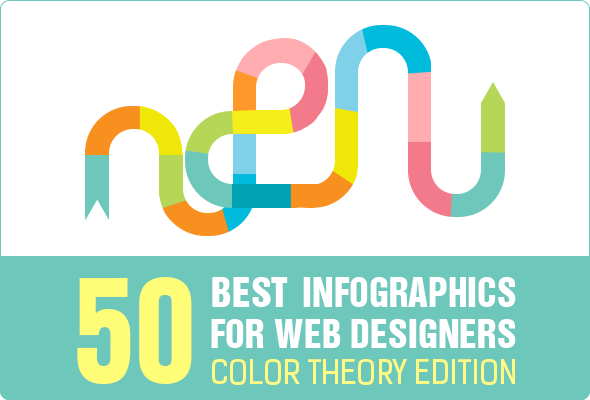Interested In Discovering Just How Web Site Layout Has Transformed Over The Years? Explore The Progression From Fundamental, Uncomplicated Designs To User-Centered Approaches That Focus On The Needs And Choices Of Online Visitors
Interested In Discovering Just How Web Site Layout Has Transformed Over The Years? Explore The Progression From Fundamental, Uncomplicated Designs To User-Centered Approaches That Focus On The Needs And Choices Of Online Visitors
Blog Article
Staff Writer-Jonasson Wren
In the past, internet sites were straightforward and focused on information. Navigating was straight, and design was for desktops. Now, user experience is crucial. Information guides designs for easy navigation. Receptive formats match different tools. Today, dark mode reduces stress, and minimal menus boost navigation. Interactive features involve customers, and vibrant visuals stand out. AI integration improves engagement. See exactly how layout has advanced to boost your online trip.
Early Days of Web Design
In the early days of website design, simplicity preponderated. Websites were standard, with minimal shades, typefaces, and formats. The focus was on supplying info instead of fancy visuals. Individuals accessed the web through sluggish dial-up connections, so rate and performance were key.
https://www.searchenginejournal.com/website-health-check-technical-seo-tips-tools-webinar-recap/424695/ were straightforward, typically located at the top or side of the page. Websites were developed for desktop, as mobile surfing wasn't yet prevalent. Material was king, and developers focused on easy readability over complicated style elements.
HTML was the primary coding language used, and developers had to work within its constraints. Animations and interactive features were minimal contrasted to today's criteria. Web sites were static, with little dynamic content or tailored user experiences.
Surge of User-Focused Layout
With the evolution of internet site layout, a change towards user-focused design principles has come to be significantly noticeable. Today, producing sites that focus on individual experience is vital for involving site visitors and attaining company goals. User-focused style includes comprehending the needs, preferences, and actions of your target audience to tailor the web site's design, web content, and features appropriately.
Designers currently conduct complete study, such as individual surveys and usability testing, to collect insights and feedback directly from customers. This data-driven method aids in creating intuitive navigation, clear calls-to-action, and visually attractive interfaces that reverberate with site visitors. By placing the user at the facility of the style procedure, internet sites can provide a more customized and pleasurable experience.
Responsive style has actually also emerged as a crucial aspect of user-focused design, making sure that internet sites are maximized for various tools and display sizes. This flexibility improves availability and usability, catering to the diverse methods individuals connect with websites today. Essentially, the rise of user-focused design signifies a shift towards developing digital experiences that prioritize the demands and assumptions of completion user.
Modern Trends in Web Design
Explore the latest trends shaping web design today. One prominent trend is dark setting style, supplying a sleek and contemporary appearance while reducing eye pressure in low-light atmospheres. Another vital fad is minimalist navigation, simplifying menus and enhancing individual experience by concentrating on essential elements. Integrating micro-interactions, such as computer animated switches or scrolling effects, can produce a much more interesting and interactive site. Responsive layout remains critical, making sure seamless individual experiences across different devices. Additionally, making use of vibrant typography and unbalanced formats can add aesthetic passion and accentuate details material.
Integrating AI modern technology, like chatbots for consumer support or tailored suggestions, boosts customer engagement and streamlines procedures. Ease of access has additionally end up being a substantial trend, with developers focusing on comprehensive style techniques to deal with diverse individual requirements. Welcoming sustainability by enhancing web site performance for speed and effectiveness is another arising fad in web design. Working together with user comments and data analytics to repeat and improve style continuously is crucial for staying appropriate in the ever-evolving digital landscape. By embracing these modern-day fads, you can create an aesthetically attractive, straightforward web site that reverberates with your target market.
Final thought
As you reflect on the development of site style from the early days to currently, you can see exactly how user-focused design has become the driving force behind modern-day fads.
Welcome the trip of modification and adjustment in website design, always keeping the individual experience at the leading edge.
Remain existing with the most up to date patterns and modern technologies, and never quit evolving your technique to produce visually sensational and user-friendly sites.
Evolve, adapt, and develop - the future of website design is in your hands.
